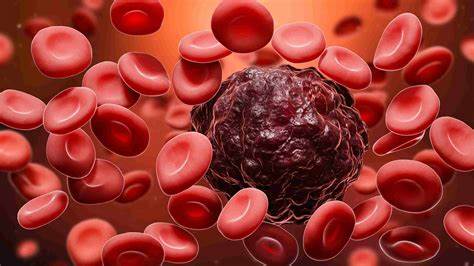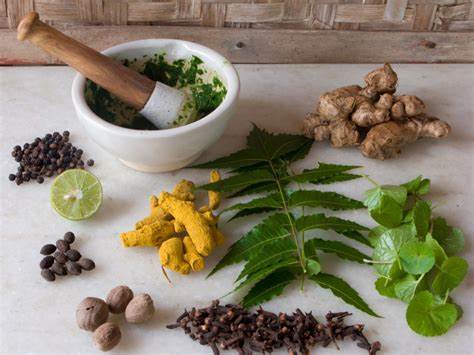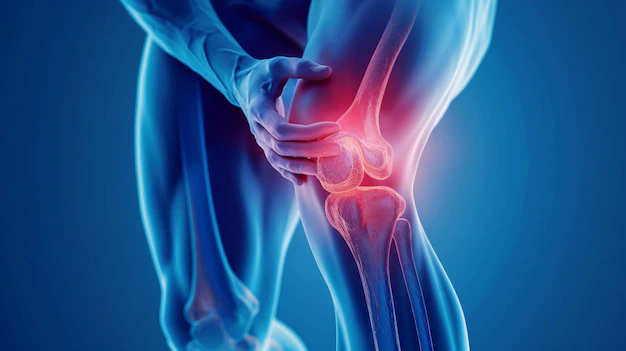Ayurveda, India’s ancient medical system, treats the root cause of disease, not just the symptoms. In this video, know from Ayurvedacharya what Ayurveda is, how it works, and how it helps in eliminating diseases by restoring the balanced energy of our body.
Ayurveda: India’s Ancient Medical System That Treats the Root Cause of Disease, Not Just the Symptoms
Ayurveda, a 5,000-year-old system of natural healing, originated in the Indian subcontinent. It stands as one of the world’s oldest forms of medicine and is still widely practiced today. Derived from the Sanskrit words ‘Ayur’ meaning life and ‘Veda’ meaning knowledge or science, Ayurveda translates to “the science of life.” This ancient medical practice focuses on achieving balance within the body, mind, and spirit to maintain health and prevent disease. Unlike many modern medical approaches that target symptoms, Ayurveda goes deeper, aiming to identify and treat the root cause of illnesses.
In this video, renowned Ayurvedacharya (a traditional Ayurvedic physician) sheds light on what Ayurveda is, how it works, and how it helps in eliminating diseases by restoring the body’s balance. Let’s dive deeper into the profound wisdom of Ayurveda and explore its principles, therapies, and effectiveness in addressing the root cause of diseases.
What Is Ayurveda?
Ayurveda is more than just a medical system; it is a comprehensive philosophy of life that promotes holistic health and wellness. Rooted in the belief that health is a natural state when the body is in harmony with nature, Ayurveda emphasizes prevention as much as it does cure.
Ayurvedic medicine focuses on three key energies or doshas—Vata (air and space), Pitta (fire and water), and Kapha (earth and water). According to Ayurveda, each individual has a unique constitution or Prakriti, which is determined by the balance of these doshas at birth. The imbalance in any of these energies leads to illness. Ayurveda works by restoring balance through personalized treatments, which may include diet, herbs, meditation, yoga, and lifestyle adjustments.
Ayurveda’s holistic approach not only addresses physical ailments but also considers mental, emotional, and spiritual health, recognizing that all aspects of life are interconnected. This sets it apart from conventional medical treatments, which often focus primarily on the symptoms rather than the underlying causes of illness.
How Does Ayurveda Work?
Ayurveda operates on the belief that each person has a unique Prakriti or constitution. This constitution is determined by the relative proportion of the three doshas (Vata, Pitta, Kapha). These doshas govern various physiological and psychological functions, and their imbalance results in disease.
Here’s how the doshas work:
- Vata (Air and Space): Vata is responsible for all movement in the body, including blood circulation, respiration, and nerve impulses. When Vata is out of balance, it can lead to anxiety, bloating, constipation, and other disorders related to irregular movement.
- Pitta (Fire and Water): Pitta controls metabolism, digestion, and transformation in the body. Imbalances in Pitta can result in anger, ulcers, acid reflux, inflammation, and heat-related disorders.
- Kapha (Earth and Water): Kapha is associated with structure, strength, and immunity. When Kapha becomes imbalanced, it can lead to sluggishness, weight gain, respiratory issues, and depression.
Ayurvedic treatments aim to balance the doshas and address the root cause of disease. The treatment process typically involves:
- Diagnosis: Ayurvedacharyas diagnose the patient’s condition by examining their pulse, tongue, eyes, and skin, along with a detailed inquiry into lifestyle, diet, and emotional well-being.
- Personalized Treatment: Treatment plans are unique to each individual and tailored to their specific constitution and health condition. This can include dietary changes, herbal remedies, detoxification processes like Panchakarma, yoga, meditation, and lifestyle modifications.
- Balancing Energy: Ayurveda restores balance in the body’s natural energy flow, strengthening immunity and enhancing overall well-being.
Ayurveda Treats the Root Cause, Not Just the Symptoms
One of the core philosophies of Ayurveda is that health issues arise from an imbalance in the body’s natural energies. Instead of merely treating the symptoms, Ayurveda delves deep into the underlying causes of these imbalances.
For example, if someone suffers from frequent headaches, conventional medicine might prescribe painkillers to provide temporary relief. However, Ayurveda looks at why the headaches are occurring in the first place—whether it’s due to poor digestion, stress, or accumulated toxins in the body. The treatment would then involve addressing the root issue, such as improving digestion, calming the nervous system, or detoxifying the body.
This approach prevents recurrence and promotes long-term health, rather than offering quick-fix solutions that might only mask the symptoms.
Ayurvedic Therapies and Treatments
Ayurveda employs a range of therapies to bring the body back into balance, with an emphasis on natural remedies, detoxification, and rejuvenation. Some of the most well-known Ayurvedic treatments include:
- Panchakarma: One of the most renowned Ayurvedic therapies, Panchakarma is a detoxification procedure that eliminates toxins from the body. It involves five main processes—Vamana (emesis), Virechana (purgation), Nasya (nasal medication), Basti (enema), and Raktamokshana (bloodletting). Panchakarma helps in rejuvenating the body, improving digestion, and strengthening the immune system.
- Herbal Remedies: Ayurveda uses a vast array of medicinal plants and herbs, such as turmeric, ashwagandha, neem, and tulsi, to treat various ailments. These herbs are known for their anti-inflammatory, antimicrobial, and antioxidant properties.
- Diet and Nutrition: Ayurvedic nutrition is based on an individual’s dosha type. Specific foods are prescribed to balance the doshas, improve digestion, and boost immunity. For instance, someone with a Pitta imbalance (excess heat) may be advised to avoid spicy foods and consume cooling foods like cucumber and coconut water.
- Abhyanga (Oil Massage): Abhyanga is a therapeutic oil massage that calms the nervous system, improves circulation, and nourishes the skin. It is often used in conjunction with Panchakarma to aid in detoxification.
- Shirodhara: In this treatment, warm oil is gently poured over the forehead, which helps reduce stress and anxiety, and promotes mental clarity and deep relaxation.
- Yoga and Meditation: Ayurveda recognizes the mind-body connection, and therefore integrates yoga and meditation into its healing practices. Yoga helps in strengthening the body, improving flexibility, and calming the mind. Meditation reduces stress, improves mental focus, and promotes emotional balance.
- Rasayana (Rejuvenation Therapy): Rasayana therapy is designed to rejuvenate the body and mind, promote longevity, and enhance overall well-being. It often involves the use of specific herbs, dietary guidelines, and lifestyle practices.
How Ayurveda Helps in Eliminating Diseases
Ayurveda treats the root cause of diseases by restoring the balance of the three doshas. This approach not only heals the immediate ailment but also prevents future health issues. Here’s how Ayurveda helps eliminate diseases:
- Prevention and Maintenance: Ayurveda emphasizes Swastha Vritta or the maintenance of health through a balanced lifestyle, diet, and seasonal routines. By following these guidelines, individuals can prevent diseases before they arise.
- Holistic Healing: Ayurvedic treatment doesn’t just focus on the physical symptoms but considers the emotional and spiritual aspects of the patient. Mental stress, unresolved emotions, and negative thinking patterns are seen as contributing factors to illness. Healing these aspects restores overall harmony.
- Detoxification: Ayurveda believes that accumulated toxins in the body (Ama) lead to disease. Panchakarma and other detox therapies cleanse the body of these toxins, allowing it to function optimally and heal from within.
- Rejuvenation and Strengthening: Post-treatment, Ayurveda focuses on strengthening the body’s immune system through rejuvenation therapies, ensuring that the body is better equipped to fight off future diseases.
- Individualized Approach: Each treatment plan in Ayurveda is tailored to the individual, ensuring that the root cause of the disease is addressed in a way that is specific to the patient’s unique constitution and health condition.
Conclusion: Ayurveda’s Timeless Relevance
Ayurveda’s holistic approach to health and wellness has stood the test of time for thousands of years. Its focus on treating the root cause of disease, rather than merely addressing symptoms, offers a profound and lasting solution for maintaining health and well-being.
By restoring the balance of the body’s energies, Ayurveda not only eliminates diseases but also enhances the quality of life. As modern lifestyles contribute to a rise in chronic health issues, Ayurveda’s principles of balance, detoxification, and rejuvenation are more relevant than ever.
In this video, Ayurvedacharya beautifully explains how this ancient medical system can bring about profound healing by tapping into the body’s natural wisdom. Whether you are seeking relief from a specific health condition or aiming to maintain overall well-being, Ayurveda offers a pathway to long-lasting health, peace, and vitality.










